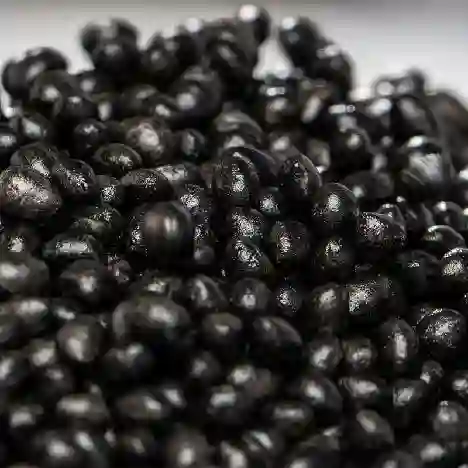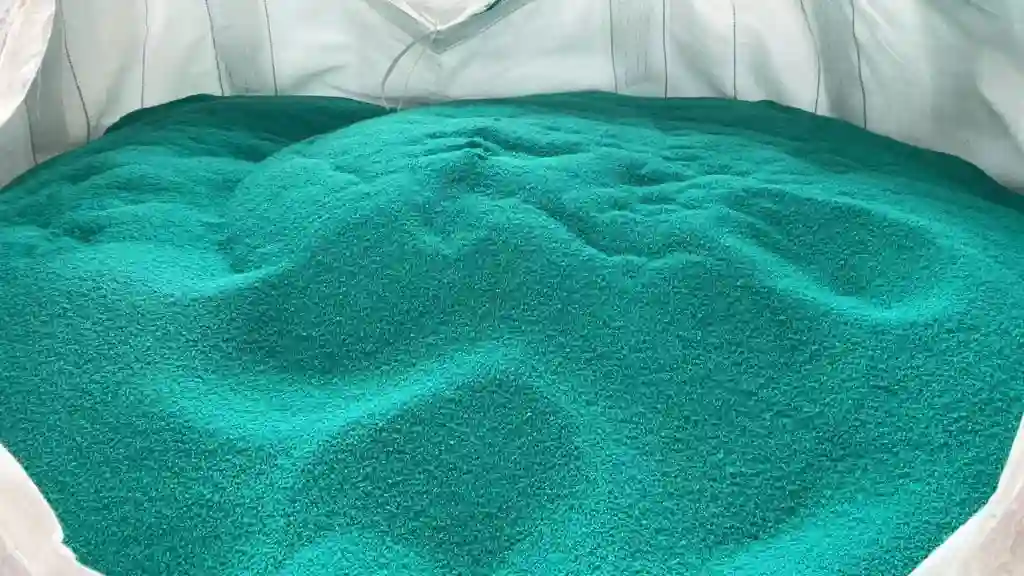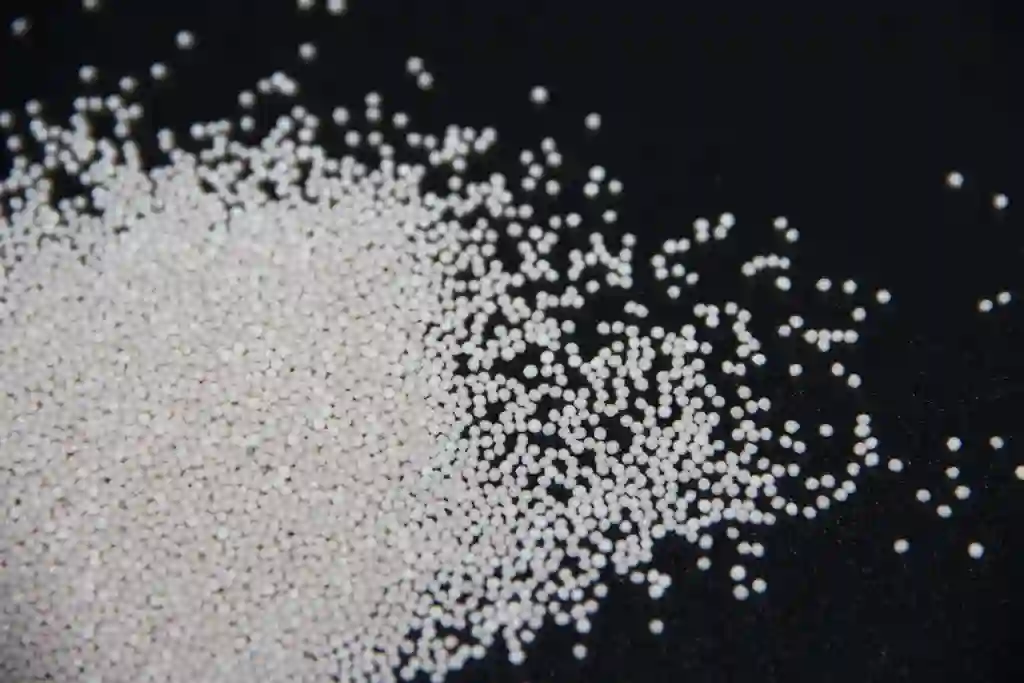EPS functions as a fundamental material in contemporary manufacturing because it provides lightweight strength and thermal insulation which makes it vital for multiple industrial applications. The ability to mold EPS becomes vital for all sectors that use this material because it includes construction and packaging industries. This paper examines the complete EPS molding process together with its production methods and evaluates product quality and environmental effects.

Overview of EPS and Its Applications
EPS, or Expanded Polystyrene, is a versatile material with unique properties that make it essential in various industries.
What is Expanded Polystyrene (EPS)?
The rigid foam material known as Expanded Polystyrene (EPS) consists of expandable polystyrene beads that form a closed-cell structure. The pre-expanded beads undergo heat and pressure molding to create the desired shapes. The material provides superior insulation while maintaining light weight and effective shock absorption.
Common Uses of EPS in Different Industries
The construction industry relies on EPS for insulation panels and packaging applications and consumer goods manufacturers use it to create molded components. HUASHENG provides different EPS materials with high performance for three main applications: recycled EPS foam for circular economies and EPS insulation panels for energy-efficient buildings and protective foam packaging for logistics.
Raw Materials and Pre-Expansion Stage
The expandable polystyrene beads require multiple preparatory procedures before molding operations can start.
Characteristics of Expandable Polystyrene Beads
The beads use pentane gas as their blowing agent. The beads expand to 40 times their original size through the action of steam during pre-expansion. The beads achieve their lightweight structure through expansion while keeping their rigid form.
The Role of Steam in Pre-Expanding EPS Beads
The pre-expander machine uses steam to heat the raw beads. The heat from the process causes pentane vaporization which expands the polystyrene matrix structure. The pre-expansion process sets the final density level of the molded product.
Aging Process After Pre-Expansion
The beads undergo storage in aging silos following pre-expansion to achieve stability through internal pressure release and air absorption. The aging process creates uniform cell structures which enhances the fusion process during molding.
The EPS Molding Process Explained
The pre-expanded beads need to age before they can proceed to the molding operation.
Feeding and Filling the Mold Cavity
The aged beads enter mold cavities through vacuum or mechanical systems for proper filling. The final product requires proper filling to achieve both consistent density and structural integrity.
Steam Heating and Expansion Within the Mold
The mold receives steam entry through its mold vents or jackets. The heat triggers the beads inside the mold cavity to expand until they merge into a single solid form that matches the mold design.
Cooling Phase and Mold Opening
The mold receives cold water or air circulation after fusion to solidify the part. The mold operates automatically or through manual operation to release the finished product after the part reaches sufficient cooling temperature.
Types of EPS Molding Techniques
The choice of molding method depends on both the production volume and the complexity of the design.
Block Molding for Large-Scale Production
The block molding process creates big EPS blocks which get their final form through hot-wire cutting to produce sheets or specific shapes. The production method works best for making large quantities of insulation boards.
Shape Molding for Custom Designs and Components
The process of shape molding involves creating custom molds to produce particular items including packaging inserts and helmet liners. The process enables detailed designs but it extends the time needed to produce each unit.
Comparison Between Block and Shape Molding Processes
Block molding enables efficient mass production at low tooling expenses but shape molding allows for customized designs through its flexible design capabilities. The two processes share common principles yet they have distinct approaches to mold design and product application flexibility.
EPS Injection Molding vs. Traditional EPS Molding
The process of effective EPS molding requires knowledge about two main methods which include steam-based conventional molding and injection-based molding.
Key Differences in Equipment and Process Flow
EPS injection molding machines operate by forcing pre-expanded beads into molds under pressure while avoiding the need for steam chambers. The traditional process requires steam heating inside molds to achieve both expansion and fusion.
Advantages and Limitations of Each Technique
The production of lightweight products with good thermal insulation remains a strength of traditional steam molding yet the process faces challenges when it comes to managing cycle times. The HUASHENG production system unites international technology with advanced intelligent production lines that work best with injection processes to create precise parts needing strict tolerance control.
Quality Control in EPS Manufacturing
Any EPS production facility needs to maintain consistent quality between its production batches.
Dimensional Accuracy and Density Control
The combination of mold calibration with accurate bead expansion parameter management leads to stable dimensions and uniform density in products which is essential for construction-grade insulation panels and engineered components.
Moisture Content Monitoring
The amount of remaining moisture in the material impacts both manufacturing efficiency and product stability. The correct duration of pre-expansion aging allows the material to dry down to acceptable moisture levels before entering the final molding process.
Inspection for Surface Finish and Structural Integrity
The combination of visual inspections with automated systems helps identify voids and poor fusion areas which affect both product strength and visual quality.

Environmental Considerations in EPS Production
Modern manufacturing needs to follow sustainability targets while maintaining its operational performance levels.
Recycling Possibilities for EPS Waste
The company supports circular economies through their provision of recycled EPS foam products. The recycling process of used products at this facility includes bead production from ground-down materials and block manufacturing from these beads which outperforms standard plastic recycling methods.
Energy Efficiency in the Molding Process
The company achieved more than 30% reduction in energy usage through their implementation of recycled EPS foam in production combined with optimized manufacturing processes. The implementation of smart steam control systems during molding operations helps the company achieve substantial reductions in its environmental impact.
Compliance with Environmental Standards
The factory operates under full environmental control systems which also hold ISO certification status. The factory maintains international emission standards through its certifications while preserving product quality.
Introduction to HUASHENG as a Trusted EPS Supplier
HUASHENG has established itself as a dependable worldwide business through its performance-driven strategy which meets various market needs.
Company Profile and Industry Experience
Huasheng Qihang (Tianjin) International Trade Co., Ltd. operates as a company which conducts research and development of EPS materials while producing and distributing these products. The company maintains strategic positions in Northwest China and operates multiple facilities throughout different regions to deliver products to both domestic and international customers.
Range of EPS Grades Offered by HUASHENG
HUASHENG provides a wide range of EPS foam beads with different performance levels that include standard white beads and specialized types such as flame-retardant (FR) and graphite-enhanced (GEPS) and carbon black-infused for UV protection and eco-friendly recycled content (REPS) beads which can be customized according to application requirements.

Commitment to Quality, Innovation, and Sustainability
The factory operates under complete environmental management systems which combine intelligent automation systems with sustainable resource management from bead production to finished product delivery.
Summary of Key Insights on EPS Molding Process
The EPS molding process starts by heating expandable polystyrene beads with steam to expand them before aging and then molding them into desired shapes through block or shape techniques or injection methods for industrial applications including insulation and protective packaging. HUASHENG delivers technical support and sustainable manufacturing solutions to worldwide businesses that need expanded polystyrene foam products which must be both light and strong.
FAQs:
Q1: What’s the difference between shape molding and block molding?
A: Shape molding uses precise molds to create customized parts like packaging inserts and automotive components. Block molding produces large rectangular blocks, cut into insulation boards, offering faster production but fewer design options.
Q2: Can EPS be recycled after use?
A: Yes, EPS foam can be recycled by grinding or using production scrap, transforming it into new materials to support a circular economy and reduce landfill waste.
Q3: Is flame-retardant EPS safe for indoor use?
A: Yes, flame-retardant EPS meets safety standards, making it suitable for residential and commercial spaces while maintaining insulation and structural integrity.






